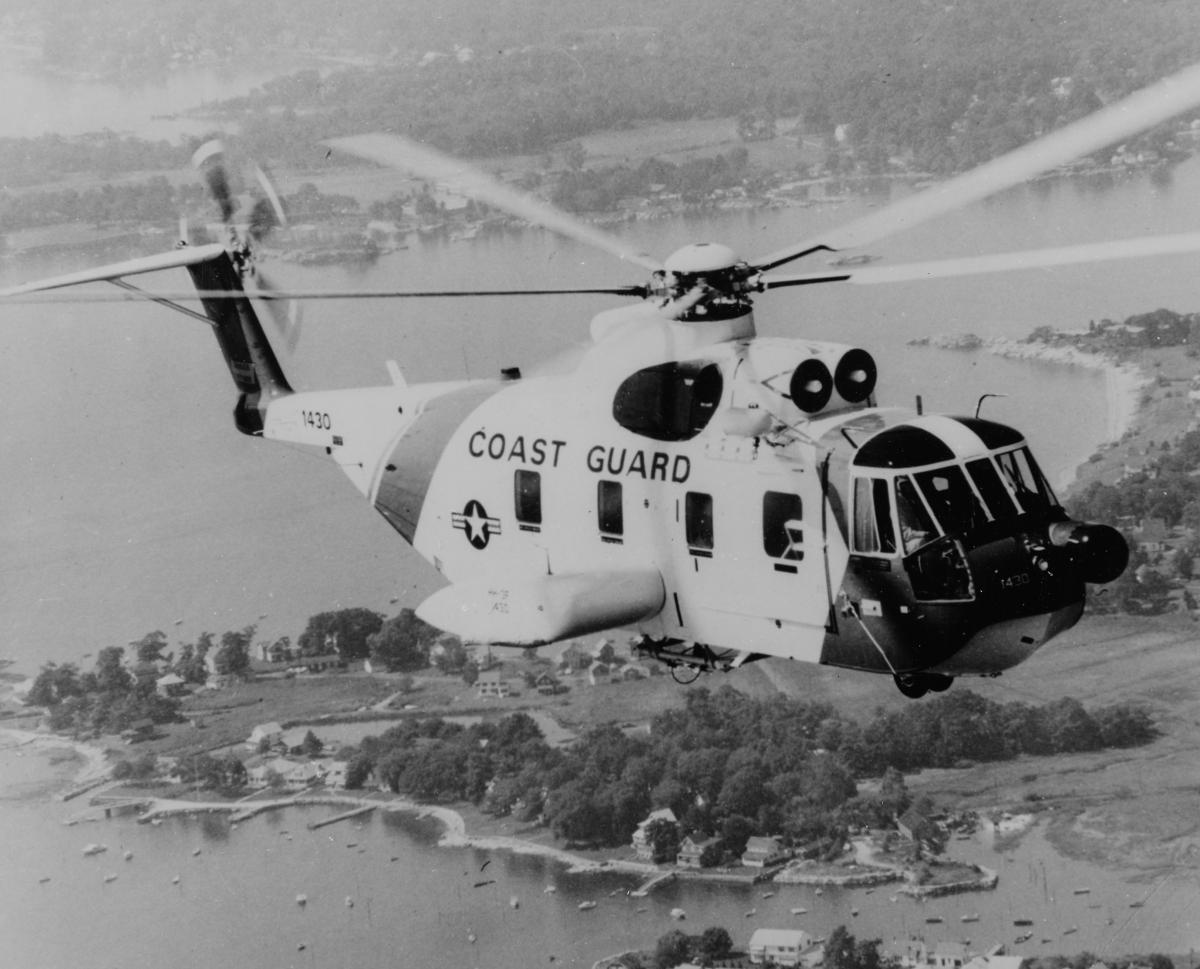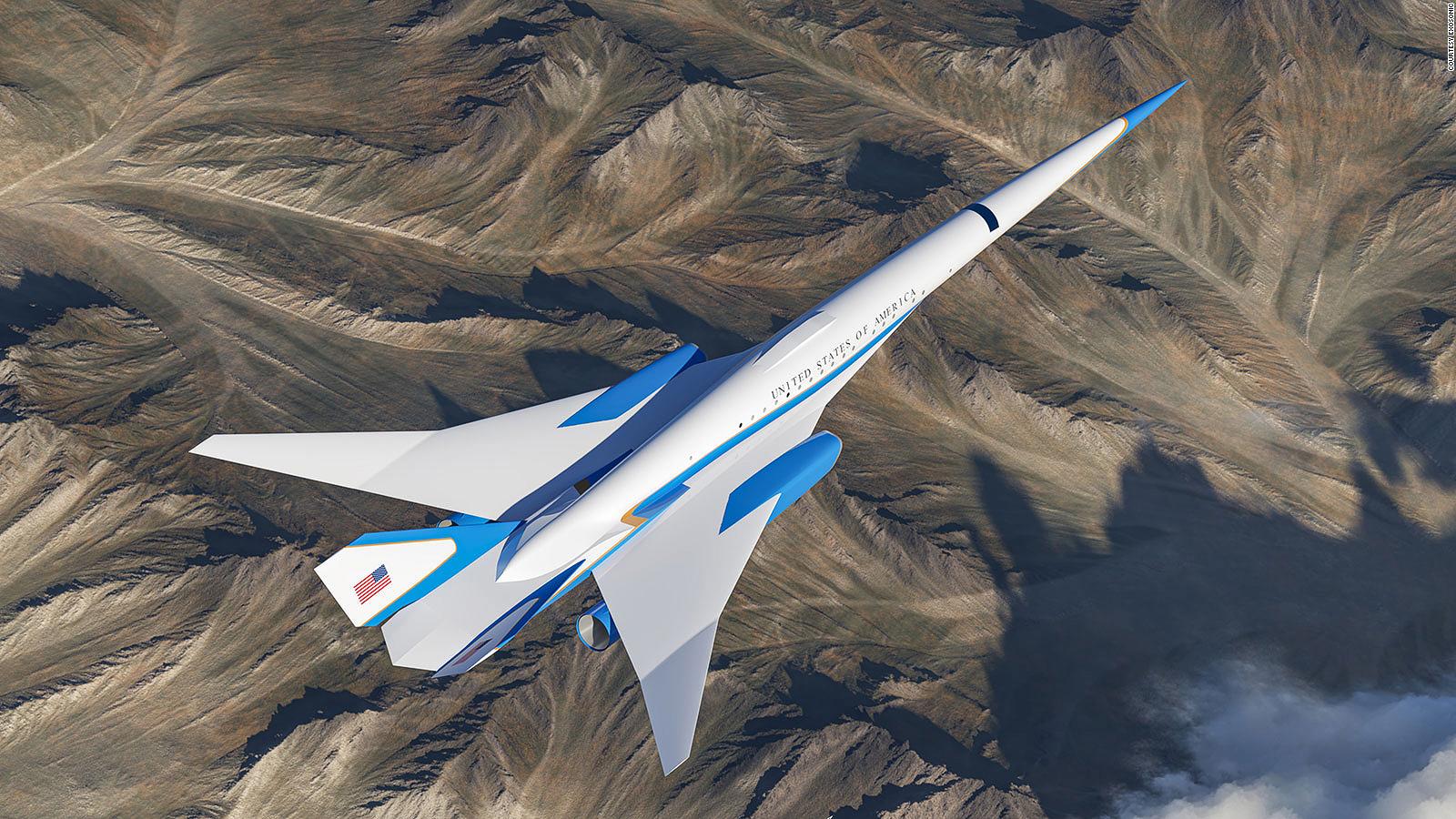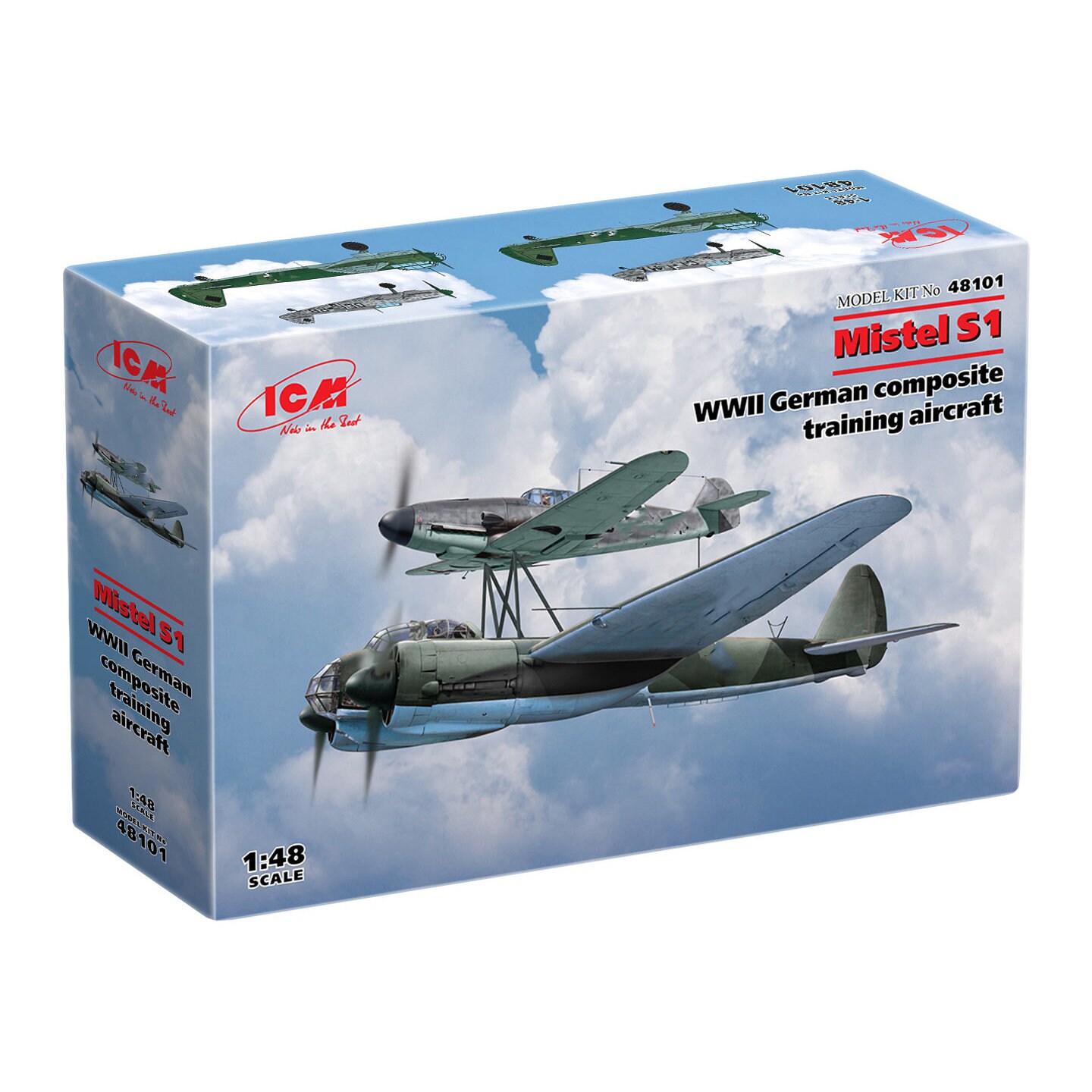Aircraft That's 1 Full - The Bell X-1 (Bell Model 44) is a rocket-powered aircraft, originally designated the XS-1 and was National Advisory Committee for Aeronautics - U.S. Air Force - US Air Force supersonic research project built by Bell Aircraft. Conceived in 1944 and designed and built in 1945, it reached a speed of nearly 1,000 miles per hour (1,600 km/h; 870 kn) in 1948. A derivative of the same design, the Bell X-1A, with greater fuel capacity and thus the longer burn time of the rocket, exceeded 1,600 miles per hour (2,600 km/h; 1,400 kn) in 1954.
Aircraft X-1 #46-062, nicknamed Glamorous Glnis and flown by Chuck Yeager, was the first manned aircraft to exceed the speed of sound in level flight and was the first of the X-planes, a series of American experimental rocket planes . (and non-missile aircraft) designed to test new technologies.
Aircraft That's 1 Full
In 1942, the UK Air Ministry began a top secret project with Miles Aircraft to develop the world's first aircraft capable of breaking the sound barrier. The project led to the development of the Miles M.52 turbojet-powered prototype, designed to reach 1,000 miles per hour (870 kn; 1,600 km/h) (more than twice the existing speed record) in level flight and to climb to an altitude of 36,000 ft (11 km) in 1 min 30 sec.
Ijn Aircraft Carrier Junyo Showa 19 Full Hull Plastic Model
By 1944, the design of the M.52 was 90% complete and Miles was told to continue with the construction of three prototypes. Later that year, the Air Ministry signed an agreement with the United States to exchange high-speed data and research. Miles' chief aerodynamicist, Dnis Bancroft, stated that Bell Aircraft personnel visited Miles later in 1944 and had access to the drawings and research on the M.52,
Unknown to Miles, Bell had already begun construction on a rocket-powered supersonic design with a conventional horizontal tail. Bell struggled with the problem of pitch control due to the "operation" of the elevators.
Variable incidence row seemed to be the most promising solution; and had already decided on it for the M.52, Miles and Royal Aircraft Establishment (RAE) tests supported it.
The XS-1 was first discussed in December 1944. Early specifications for the aircraft were for a manned supersonic vehicle that could fly at 800 miles per hour (1,300 km/h) at 35,000 feet (11,000 m) for two to five minutes.
How F 15s Work
On March 16, 1945, the US Army Air Forces Flight Test Division and the National Advisory Committee for Aeronautics (NACA) signed a contract with the Bell Aircraft Company to build three XS-1 aircraft (for "Experimental, Supersonic", later X ). -1) obtain flight data on conditions in the transonic speed range.
The designers of the plane built a rocket plane after considering alternatives. Turbojets could not achieve the efficiency required at high altitude. An aircraft with turbojets and rocket engines would be too large and complex.
The X-1 was basically a "wing bullet", its shape closely resembling a .50 caliber (12.7 mm) Browning machine gun bullet, known to be stable in supersonic flight.

The form was followed down to seating the pilot behind a slanted window, framed within an enclosed cockpit in the nose, with no ejection seat.
Minicraft 1/144 The Aircraft Of The Presidency
Swept wings were not used because too little was known about them. Since the design could lead to a fighter, the XS-1 was intended to take off from the ground, but the outcome of the war meant that the B-29 Superfortress would carry it into the air.
After the rocket plane experienced compressibility problems during 1947, it was modified with a variable-incidence tailplane following a technology transfer with Britain.
After the conversion of the X-1's horizontal tail to full-motion (or "all-flying") tails, test pilot Chuck Yeager verified it experimentally, and all subsequent supersonic aircraft would have either a full-motion tailplane or a "tailless" one. " delta wings. types.
The rocket engine was a four-chamber design built by Reaction Motors Inc., one of the first companies to build liquid-propellant rocket engines in the United States. After considering hydrogen peroxide monopropellant, aniline/nitric acid bipropellant, and nitromethane monopropellant, the rocket burned ethyl alcohol diluted with water with a liquid oxygen oxidizer. Its four chambers could be turned on and off individually so that thrust could be changed in increments of 1,500 lbf (6,700 N). The fuel and oxygen tanks for the first two X-1 engines were pressurized with nitrous, reducing the flight time by about 1+ 1⁄2 minutes and increasing the landing weight by 2,000 pounds (910 kg), but the rest used a gasoline engine. turbopumps, increasing chamber pressure and thrust making the engine lighter.
Postage Stamp 1:110 Mcdonnell Douglas A 1 Skyraider: Papoose Flight, United States Navy
Bell Aircraft chief test pilot Jack Woolams became the first person to fly the XS-1. He performed a glide flight over Pinecastle Army Airfield, Florida on 19 January 1946. Woolams completed nine more glide flights over Pinecastle, with the B-29 dropping the aircraft at 29,000 feet (8,800 m) and the XS-1 landing 12 minutes later at approximately 180 km/h (110 miles per hour). In March 1946, rocket plane #1 was returned to Bell Aircraft in Buffalo, New York for modifications to prepare for powered flight tests. Four more glide tests took place at Muroc Army Air Field near Palmdale, California, which was flooded during tests in Florida before the first electrical test on December 9, 1946. Two cameras were fired, but the plane accelerated so fast that camera. was turned stalled until restarting at 35,000 feet (11,000 m), reaching Mach 0.795. After the cameras were turned off, the aircraft descended to 15,000 feet (4,600 m), where all four cameras were briefly tested.
After Woolams died while training for the National Air Race in August 1946, Chalmers "Slick" Goodlin was assigned as Bell Aircraft's lead test pilot for the X-1. Goodlin made the first electric flight on December 9, 1946. Tex Johnston, chief test pilot and Bell program supervisor, made a test flight on May 22, 1947, after complaints about the slow progress of the flight tests. According to Johnston, "The contract with the Air Force defined the tests performed by Bell as checking onboard systems, evaluating handling, stability and control characteristics, and testing performance up to Mach 0.99." After Johnston's initial flight at Mach 0.72, he believed the aircraft was ready for supersonic flight after the longitudinal trim system was repaired and three more test flights.
The Air Force was unhappy with the cautious pace of airspeed expansion and Bell Aircraft's flight test contract for #46-062 was cancelled. The test program was acquired by the Air Force Flight Test Division on June 24 after months of negotiations. Goodlin claimed a bonus of $150,000 (equivalent to $1.82 million in 2021) for breaking the speed of sound.

Flight tests of the X-1-2 (series 46-063) will be conducted by NACA to provide design data for later production high-performance aircraft.
N Nx070 2056
Less than a month after the US Air Force was created as a separate service. Captain Charles "Chuck" Yeager flew USAF aircraft #46-062, nicknamed Glamorous Glnis for his wife. The aircraft was launched from the bomb bay of a B-29 and reached Mach 1.06 (700 miles per hour (1,100 km/h; 610 kn)).
The three main participants in the X-1 program won the Collier Trophy from the National Aeronautics Association in 1948 for their efforts. Honored at the White House by President Truman were Larry Bell for Bell Aircraft, Captain Yeager for piloting flights, and John Stack for NACA contributions.
The story of Yeager's October 14 flight was leaked to a reporter from Aviation Week magazine, and the Los Angeles Times featured the story as breaking news in its December 22 issue. The magazine story was published on December 20. The Air Force threatened prosecution against the journalists who broke the story, but it never happened.
The news of a straight-wing supersonic aircraft surprised many American experts who, like their wartime German counterparts, believed that a swept design was necessary to break the sound barrier.
Of The Coolest Aircraft Paint Schemes You'll Ever See
On June 10, 1948, Secretary of the Air Force Stuart Symington announced that the sound barrier had been repeatedly broken by two experimental aircraft.
On January 5, 1949, Yeager used aircraft number 46-062 to perform the only conventional (runway) launch of the X-1 program, reaching 23,000 ft (7,000 m) in 90 seconds.
The research techniques used for the X-1 program became the model for all subsequent X-craft projects. The X-1 project helped bridge post-war cooperation between US military needs, industrial capabilities and research facilities. Flight data collected by NACA from X-1 tests proved invaluable to the development of American fighter aircraft in the second half of the 20th century.

In 1997, the United States Postal Service issued a commemorative fiftieth anniversary stamp recognizing Bell Aircraft X1-6062 as the first aircraft vehicle to fly at a supersonic speed of approximately Mach 1.06 (1,299 km/h; 806.9 mph).
C 5m Super Galaxy > Air Force > Fact Sheet Display
Later variants of the X-1 were built to test various aspects of supersonic flight; one of these, the X-1A, with Yeager at the controls, accidentally demonstrated a very dangerous feature of fast supersonic flight (Mach 2 plus): inertial coupling. Only Yeager's skills as a pilot prevented disaster; later, Mel Apt lost his life testing the Bell X-2 under similar circumstances.
Ordered by the Air Force on April 2
Tailhook brace, tailhook aircraft, oakley tailhook sunglasses, tailhook, eberlestock tailhook, oakley tailhook replacement lenses, oakley tailhook lenses, tailhook towing, tailhook association, oakley tailhook, navy tailhook, aircraft tailhook for sale

0 Comments